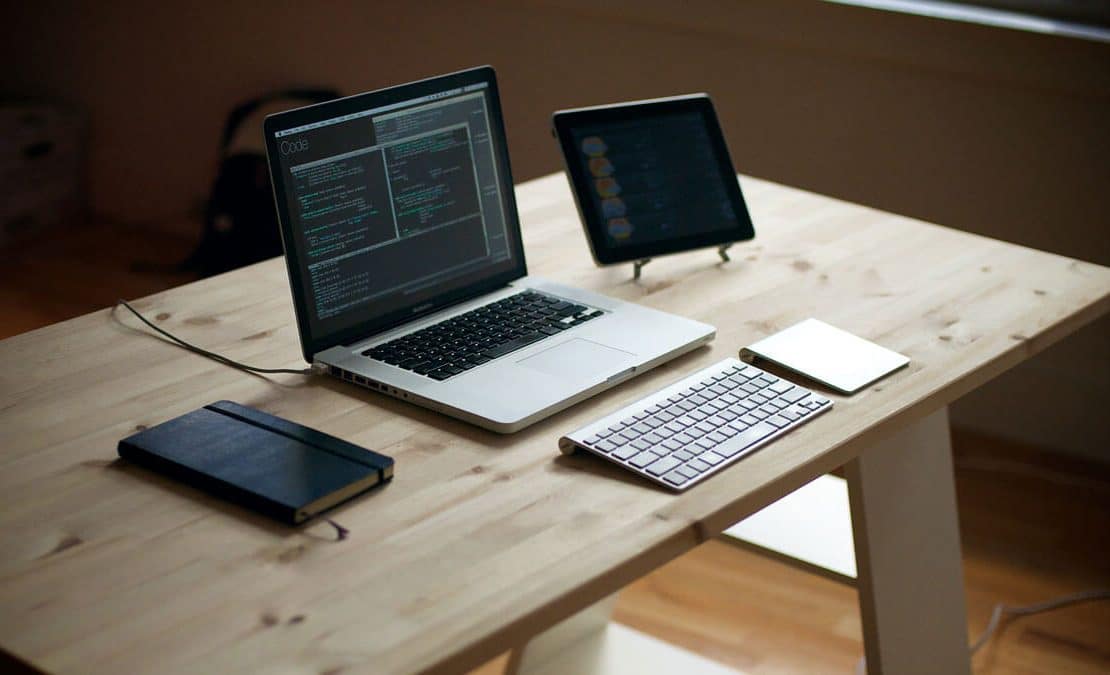Cramped by a small workspace? Maybe you just need a fresh perspective. Check out kaizen, a super-successful Japanese business methodology for increased productivity.
Startups commonly encounter difficulties in renting or buying an office or workshop big enough to fit their entire operation into one location. The high cost of rent and affordable work locations can become an issue.
In this case, startup businesses need to be very organized so they can fit everything into a limited workspace. The 5S pillars of the renowned Japanese kaizen method represent the perfect solution. The 5S pillars are five Japanese words that start with the letter “S”: SEI-RI, SCI-TON, SEI-SO, SEI-KE-TSU, and SHI-TSU-KE.
The Five S Pillars
SRI-RI, which means sort, focuses upon eliminating unnecessary items from the workplace that are not currently needed for production operations. An effective visual method for identifying these unneeded items is red-tagging, which involves evaluating the necessity of each item and dealing with it appropriately. Through sorting out the items labeled as broken tools, scrap, or excess raw material, noticeable and valuable floor space can be reclaimed.
“Startup businesses need to be very organized so they can fit everything into a limited workspace.
SCI-TON, which means set in order, focuses upon crating efficient and effective storage methods, arranging items so they are easy to use, and labeling them so they are easy to find and put away. Strategies for effective set in order include painting floors, affixing labels and placards to designate proper storage locations, outlining work areas, and installing appropriate shelving systems that best fit the operation’s environment.
SEI-SO, which means shine, is implemented after the first two steps are in place to clean the work area. Daily follow-up cleaning is necessary to sustain this improvement. Working in a clean environment helps workers notice and identify malfunctions in equipment and maintain machinery on a continuous basis.
SEI-KE-TSU, which means standardize, integrates the first three pillars into work duties, and assigns them as job responsibilities so they can function in a standardized manner. Tools used for standardizing include job-cycle charts, schedules, and checklists to ensure that the 5S pillars are implemented as a standard of business.
SHI-TSU-KE, which means sustain, involves making a habit of properly maintaining correct procedures. Sustain is the most difficult “S” to implement and achieve. It focuses upon defining a new status quo and standard of workplace organization through implementation of tools such as signs, pocket manuals, management check-ins, and performance reviews. Without the sustain pillar, the achievement of the other pillars would not last long.
“Working in a clean environment helps workers notice and identify malfunctions in equipment and maintain machinery on a continuous basis.
A typical 5S implementation directly impacts reduction of the square footage needed for existing operations. It also results in organization of tools and materials into labeled and color-coded storage locations. Finally, 5S will provide a strong ground for implementing sophisticated management methods in the future, such as Six Sigma and Just-in-Time production.

